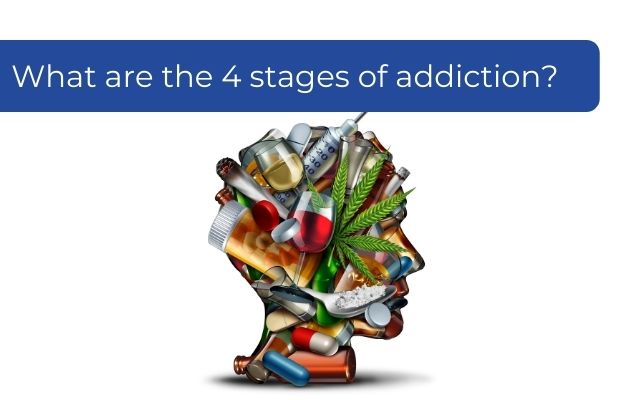
Overview: The stages of addiction
If you are wondering whether your or your loved one’s drug and alcohol use has crossed the line and developed into an addiction, you are not alone, understanding the 4 stages of addiction can help you to understand and recognise when a person is at risk of developing an addiction or has already crossed that line.
As a person graduates through each stage the consequences of substance use become more severe and it becomes more and more difficult for a person to quit. Many people who have developed a problematic relationship with substances aren’t able to identify where they are in process of a developing addiction. This blog will explain the gradual process of addiction and how it slowly changes both the relationship between a person and their drug of choice as well as how their body reacts to the substance.
The four stages of addiction that have been identified by the experts are:
- Use: Experimentation
- Misuse: Regular or social use
- Abuse: Problematic or risky use
- Dependence: Addiction
The situation can be confusing because many people have used drugs and drink alcohol but only a very small percentage become addicted.


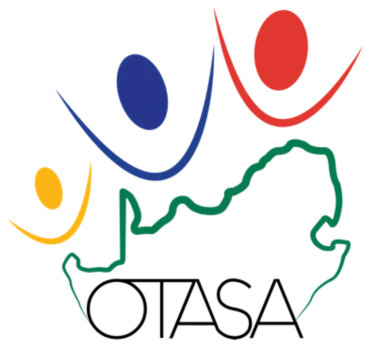

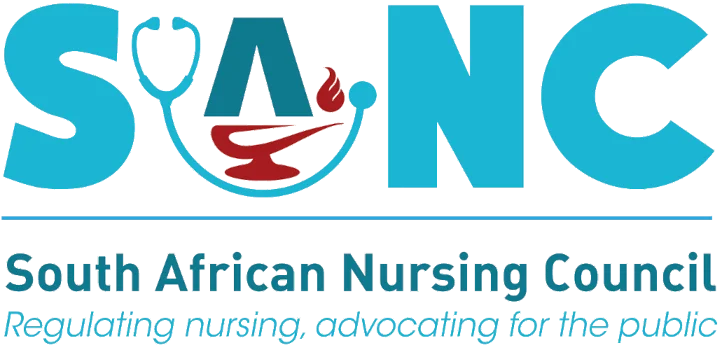
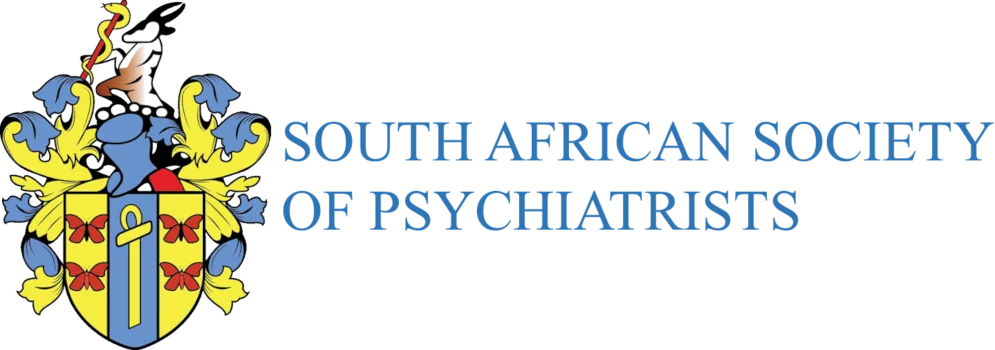


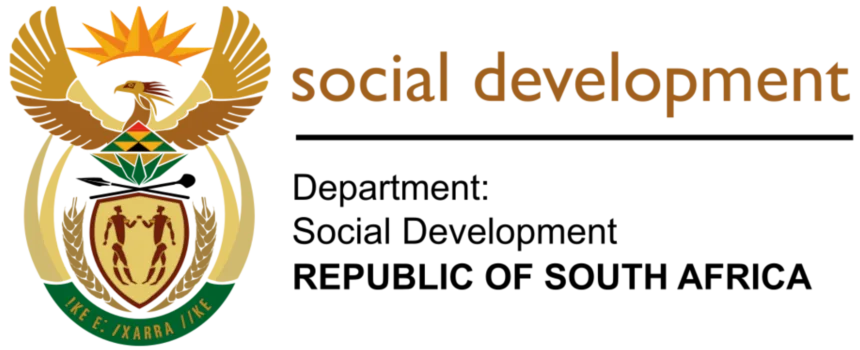

USE: Experimentation
This is when the person experiments with a substance for the first time. According to the United States’ (US) National Institute on Drug Abuse (NIDA), while a person can first use a drug at any time in their life, the majority of people will first experiment with substances before the age of 20. This research is from the US but it is indicative of a general pattern of substance use initiation across the globe.
NIDA has found that by the time American kids reach the end of high school, 70% have tried alcohol, 50% have tried an illegal drug, 40% would have smoked tobacco and 20% would have used a prescription drug for nonmedical purposes.
People experiment with drugs and alcohol for a number of reasons including curiosity and peer pressure.
Another reason experimentation with substances is more common in teenagers is because, at this age, the brain is not fully developed meaning teens are often more impulsive than adults.
There can be negative consequences at this stage such as car accidents, physical injuries, and alcohol poisoning or drug overdoses but they are less common in this experimentation phase as compared to later stages.
Many people experiment with substances but only a very small percentage become addicts. This serves as proof that addiction is not a choice but is rather a complex brain disease.
While it is always important to be careful when using any substance, experimental use is not usually considered concerning.
According to the Global Commission on Drug Policy 2017, in 2016 an estimated quarter of a billion people aged between 15 and 64 years – about 5% of the global adult population – used an illegal drug. However, only about 11% of these people were considered to be problematic users or suffer from an addiction.
MISUSE: Regular or social use
No one really knows why some people progress to the next stage of addiction while others don’t, but it is thought to be influenced by a complex interplay between genetics, environmental factors, and mental health.
In this stage, substance use becomes normalised and shifts from periodic to regular using or drinking.
Those who find themselves in this stage of addiction are at a higher risk of engaging in risky behaviours such as unprotected sex and driving under the influence.
In this stage, a person might experience feelings of guilt and shame related to their substance use. If these feelings are a significant enough consequence to take a break from drug use or drinking, it is a good sign that the individual will not progress to the next stage. However, if a person justifies negative consequences with an array of excuses, then they may already be progressing to the next stage of addiction.
Most people who use drugs and alcohol recreationally do not become addicted or problematic substance users but the chances of becoming dependent are higher in this phase. In this stage, a person has not become dependent on the substance and is still most likely able to quit without outside help.
About 10% of recreational marijuana users become addicted to the drug. Similarly, about one in 10 people who misuse prescription opioids become addicted to them.
For example, two-thirds of the American population drink alcohol and the majority are moderate or social drinkers. Moderate alcohol use is defined as no more than two drinks a day for men and one drink a day for women. However, one in 13 American adults are considered as alcoholics or alcohol abusers.
But what is the difference between abuse and addiction?
ABUSE: Problematic or risky use
It is in this stage that you can no longer ignore or explain away negative consequences without being in denial. Now, negative consequences have become more of a common occurrence and the impact of substance use may become noticeable to others. It is during this phase that a person’s work or school life will start being affected by substance use.
In terms of alcohol, binge drinking, and heavy alcohol use fall into this stage. Binge drinking is defined as consuming five or more drinks for men and four or more drinks for women in a two-hour period. Heavy alcohol use is considered to be consuming more than four drinks a day for men and more than three drinks a day for women.
It is in this stage that you should become alarmed and question your using or drinking. A person is still not necessarily an addict in this phase but the chances are much higher that they are on their way to developing an addiction.
For example, nine out of 10 people who drink excessively are not alcoholics according to a study conducted by the United States Centre for Disease Control and Prevention (CDC).
The difference between a hard user and an addict is that a hard user can still stop when faced with a severe enough consequence like losing someone they love to drugs, a partner leaving them, or a car accident.
If these consequences have no effect on the person’s using or drinking then they are probably progressing to the final stage.
DEPENDENCE: Addiction
The hallmark of addiction is the loss of control. A person is unable to stop once they start using and they are unable to control the amount of drugs or alcohol consumed. Drinking or using is no longer a choice as the person has become reliant on the substance and is unable to perform daily activities without it.
By now, a person has developed a tolerance to the drug and needs more of it to feel its effects.
The dependence can be physical, meaning the person experiences physical withdrawal symptoms, or psychological – or both.
Psychological dependence refers to when the individual thinks that he/she can’t function without the substance.
Withdrawal is not only uncomfortable; it is sometimes life-threatening. Depending on the substance, withdrawal should often be managed by medical professionals.
Now an addict, the person is encountering severe consequences almost all the time and may have lost employment, relationships and be unable to experience joy or partake in normal activities.
In this stage a person is unable to quit without outside help.
There is always help and there is always hope and help available. Changes Rehab Johannesburg is here to guide and support you through each step.
Call 081-444-7000 or email [email protected] to get the help you need today.
Recognise the four stages of addiction early to spot warning signs, protect loved ones and seek help before substance use escalates into dependence so act now.. Changes team counsellors are here to help you.Recognise The Four Stages Of Addiction Before It Escalates








